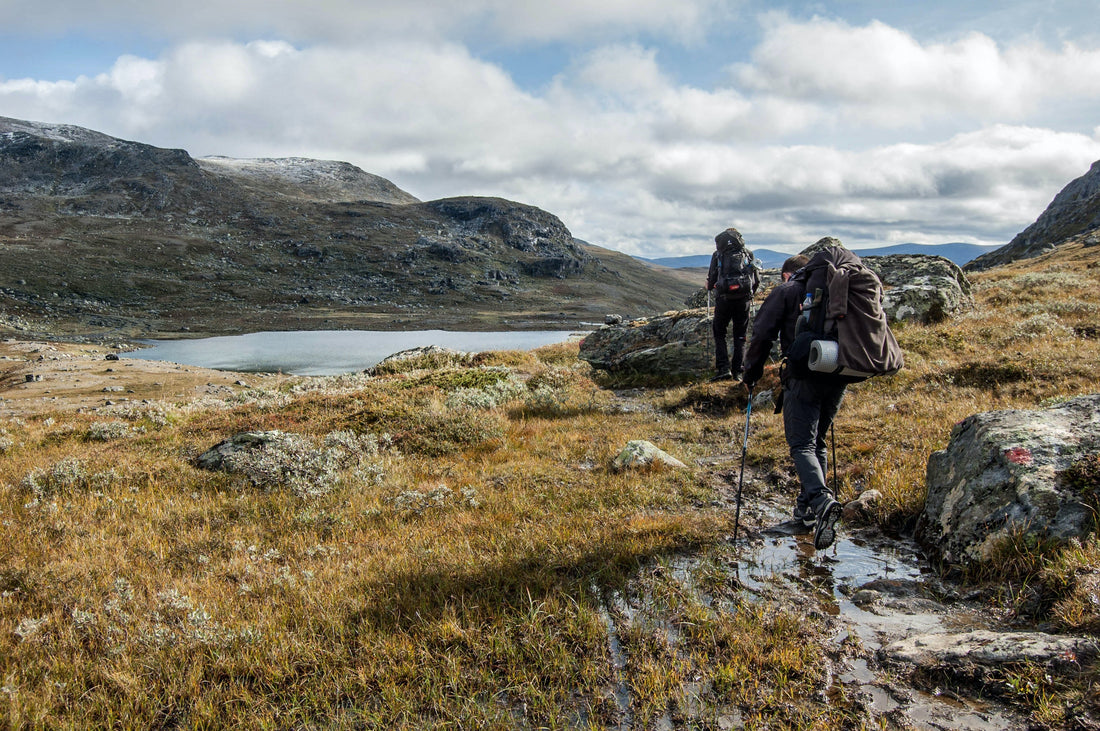
4 things you should know before going out in nature
Share
You don’t believe that ticks can survive in winter? You will be surprised. Climate change helps ticks survive!

The risk of being bitten by ticks is the highest from April through September, according to the Centers for Disease Control and Prevention (CDC). The warm months overlap with the highest populations of ticks and the most active stages of a tick’s life cycle. In the winter months, ticks are not very active like in warm months but there is still a chance you’ll pass a tick lurking on you in either of bushes or in the long grass. The ticks survival rate is depending upon the species and the cold. The critters survive the winter months by going dormant under a pile of leaves or burrowing underground. Frequently happens that they survive the winter a warm host animal. When temperatures rise above 35° F some ticks will emerge from dormancy to search for a new host.
Due to global warming, seasonal respites from ticks have become shorter-lived and the geography of tick activity is expanding. As the planet warms, northern US states, such as Vermont, North Dakota, and Minnesota, are experiencing an uptick in mild winter temperatures. This means more winter days with temps above 35° F and more days when ticks are active. the CDC recorded a dramatic increase in illnesses caused by ticks and fleas between 2004 and 2016. It’s believed the increase relates to the expanding habitats and increased populations of these parasites.
For those who enjoy hiking, hunting, or exploring the outdoors with their dogs, protection from tick bites is a year-round endeavor. Methods of prevention for you and your dog in winter are the same as in the warmer months. Here are four things you should do when you go outside:
- Use some chemicals (bug spray, collar…) to protect yourself and your animal, but these can be dangerous for you, or wear tick repellent clothing treated with permethrin, especially your pants and tuck in your shirt, or use chemical-free repellents like Tickless, which works with ultrasonic technology and disturbs ticks and fleas, so these parasites will stay away from you and your pet.
- Throw clothes in a hot dryer for 5-10 minutes *before* washing to kill any lingering ticks that may be attached to work clothing.
- Perform tick checks, looking for ticks, after outdoor work or play.
- Continue protecting your pet; you never know when a thaw will allow the ticks to become active again.
Also, it’s important for folks living or visiting more southerly and West Coast regions, where temperatures are mostly above freezing, to remember that the 4 most common types of ticks remain active all winter:
- black-legged ticks (Ixodes scapularis) in the south
- western black-legged ticks (Ixodes pacificus) along the west coast
- and brown dog ticks (Rhipicephalus sanguineus) especially in the southern tier of states from east to west
- Rocky Mountain wood ticks (Dermacentor andersoni) in lower elevations of the Mountain region.
Prevention is the most important if you go to nature. Ticks are dangerous and because of global warming could live all around the world and what we can do is prevention. Think about your health and use Tickless to keep parasite away!

